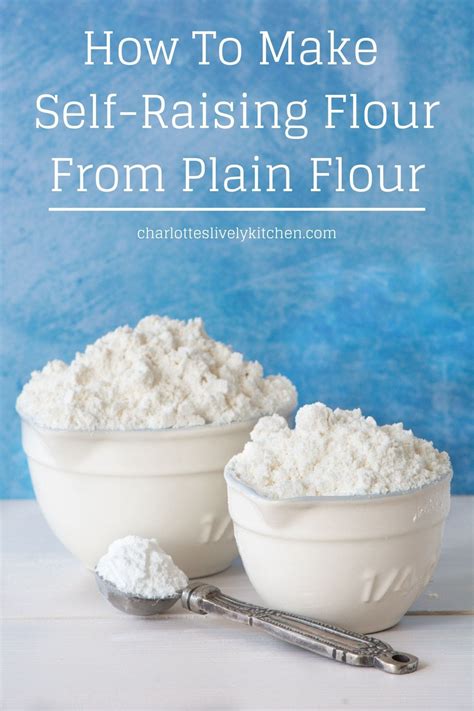Self-Rising Flour: Recipes and Uses
Self-rising flour is a convenient baking staple, but knowing how to make it and use it effectively can elevate your baking game. This comprehensive guide dives into self-rising flour recipes, its applications, and frequently asked questions. Let's get started!
What is Self-Rising Flour?
Self-rising flour is a blend of all-purpose flour, baking powder, and salt. The addition of leavening agents (baking powder) and salt eliminates the need to add these ingredients separately when baking quick breads, biscuits, and other similar recipes. This simplifies the baking process, making it perfect for beginners and busy bakers alike.
Making Your Own Self-Rising Flour: A Simple Recipe
While commercially available, making your own self-rising flour is easy and ensures freshness. Here's a simple recipe:
Ingredients:
- 1 cup all-purpose flour
- 1 1/2 teaspoons baking powder
- 1/4 teaspoon salt
Instructions:
- Whisk: In a medium bowl, thoroughly whisk together the all-purpose flour, baking powder, and salt. Ensure all ingredients are evenly distributed to prevent clumps.
- Sift (Optional): For a finer texture, you can sift the mixture through a fine-mesh sieve. This step isn't strictly necessary but can improve the overall consistency.
- Store: Transfer the self-rising flour to an airtight container. Store in a cool, dry place for up to 6 months.
Important Note: Always check the expiration date of your baking powder. Old baking powder can lose its effectiveness and impact the outcome of your baked goods.
Recipes Using Self-Rising Flour: Unleash Your Baking Potential
Self-rising flour is incredibly versatile and opens up a world of baking possibilities. Here are some popular applications:
1. Biscuits: A Classic Treat
Self-rising flour is the cornerstone of many biscuit recipes. Its built-in leavening agents guarantee fluffy, tender biscuits every time. Look for recipes specifically designed for self-rising flour for optimal results.
2. Quick Breads: Effortless Baking
From cornbread to muffins, self-rising flour simplifies the process of making quick breads. The ease of use allows you to focus on the flavor profiles and additions.
3. Pancakes & Waffles: A Weekend Delight
Start your day with fluffy pancakes or crispy waffles made easy with self-rising flour. The inherent leavening ensures a light and airy texture.
4. Dumplings & Drop Biscuits: Comfort Food Perfected
Create comforting dumplings for soups or savory drop biscuits for stews and gravy using this convenient flour.
Frequently Asked Questions (FAQs)
Q: Can I substitute self-rising flour for all-purpose flour?
A: No, you cannot directly substitute self-rising flour for all-purpose flour. Doing so will result in an overly leavened and possibly salty final product. If a recipe calls for all-purpose flour, stick to all-purpose flour.
Q: Can I substitute all-purpose flour for self-rising flour?
A: Yes, but you'll need to add the baking powder and salt that are missing. For every cup of all-purpose flour, add 1 1/2 teaspoons baking powder and 1/4 teaspoon salt.
Q: How long does homemade self-rising flour last?
A: Properly stored in an airtight container in a cool, dry place, homemade self-rising flour will last for approximately 6 months. Always check the expiration date of the baking powder before use.
Q: Can I use self-rising flour for everything?
A: While versatile, self-rising flour is primarily suited for quick breads, biscuits, and similar recipes that require a quick leavening effect. It's not recommended for cakes or other recipes where precise control over leavening is crucial.
This guide should equip you with the knowledge and confidence to utilize self-rising flour effectively in your baking endeavors. Happy baking!
